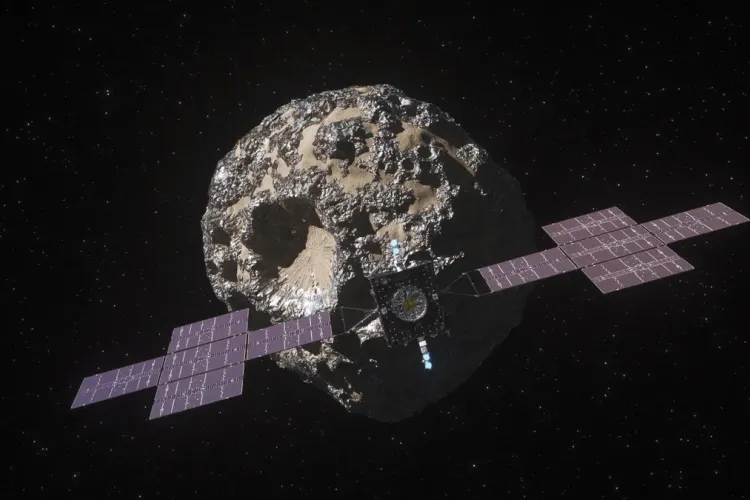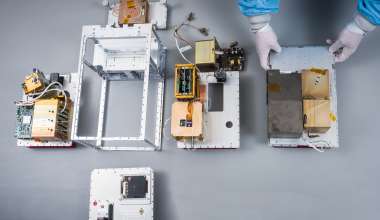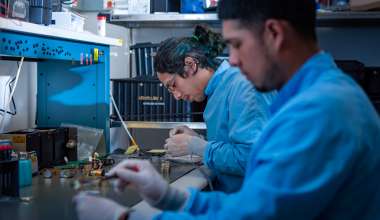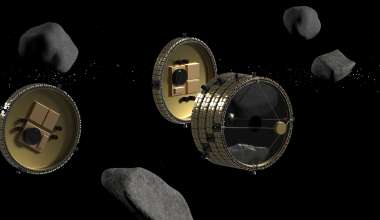NASA’s Psyche mission recently launched a spacecraft on a 2.2 billion-mile journey to study a giant metal-rich asteroid located at the far edge of the main asteroid belt between Mars and Jupiter. The asteroid, named 16 Psyche, could aid researchers to better understand unexplored building blocks of planetary formation.
The Aerospace Corporation provided support across a breadth of technical activities for the mission, which is led by Arizona State University and NASA's Jet Propulsion Laboratory.
“What makes 16 Psyche unique is that it’s an all-metal body. Most things in the asteroid belt are either rock or ice, but 16 Psyche is a nickel/iron composition and we think it’s that way because it’s the core of what was an early planet that never formed,” said Kimberly Sover, Senior Member of Technical Staff at Aerospace. “So, while we can’t directly observe Earth’s core, we can take direct observations of this Psyche asteroid.”
The spacecraft is expected to reach 16 Psyche’s orbit in late July 2029 and will fly a payload that can analyze the asteroid’s metallic and silicate constituents, map its elemental composition and interior structure, and measure its magnetic and gravity fields.
Scientists have inferred the presence of metallic cores within rocky, terrestrial planets such as Earth, but these lie prohibitively far below their rocky mantles and crusts. 16 Psyche offers a unique window into the history of collisions and accretion that create terrestrial planets, while increasing the understanding of planetary formation and interiors.
Aerospace leveraged its expertise to support testing Psyche’s flight hardware and software, and managed the flight software dictionaries documenting all the ways the engineering and operations teams can interface with the spacecraft.
“If we’re given a problem set and someone says we need to verify that something is happening, we know exactly what we need to do to verify it. We know the types of tests we need to develop,” said Lillian Shido, Testbed Software Engineer at Aerospace. “We know what type of software we might need to write and the types of tools we’ll need to create, so it’s very natural for us to do that type of work, and that’s exactly what JPL and the Psyche mission needed.”
Once Psyche reaches 16 Psyche to begin its prime mission, it will spend about two years orbiting the asteroid to take pictures, map the surface, and collect data to determine 16 Psyche’s composition.
“It was almost a bit of puzzle work to make sure all the pieces fit together and that the tests were accomplishing what they needed to,” said Benjamin Wright, Engineering Specialist at Aerospace. “I’m psyched for Psyche.”









